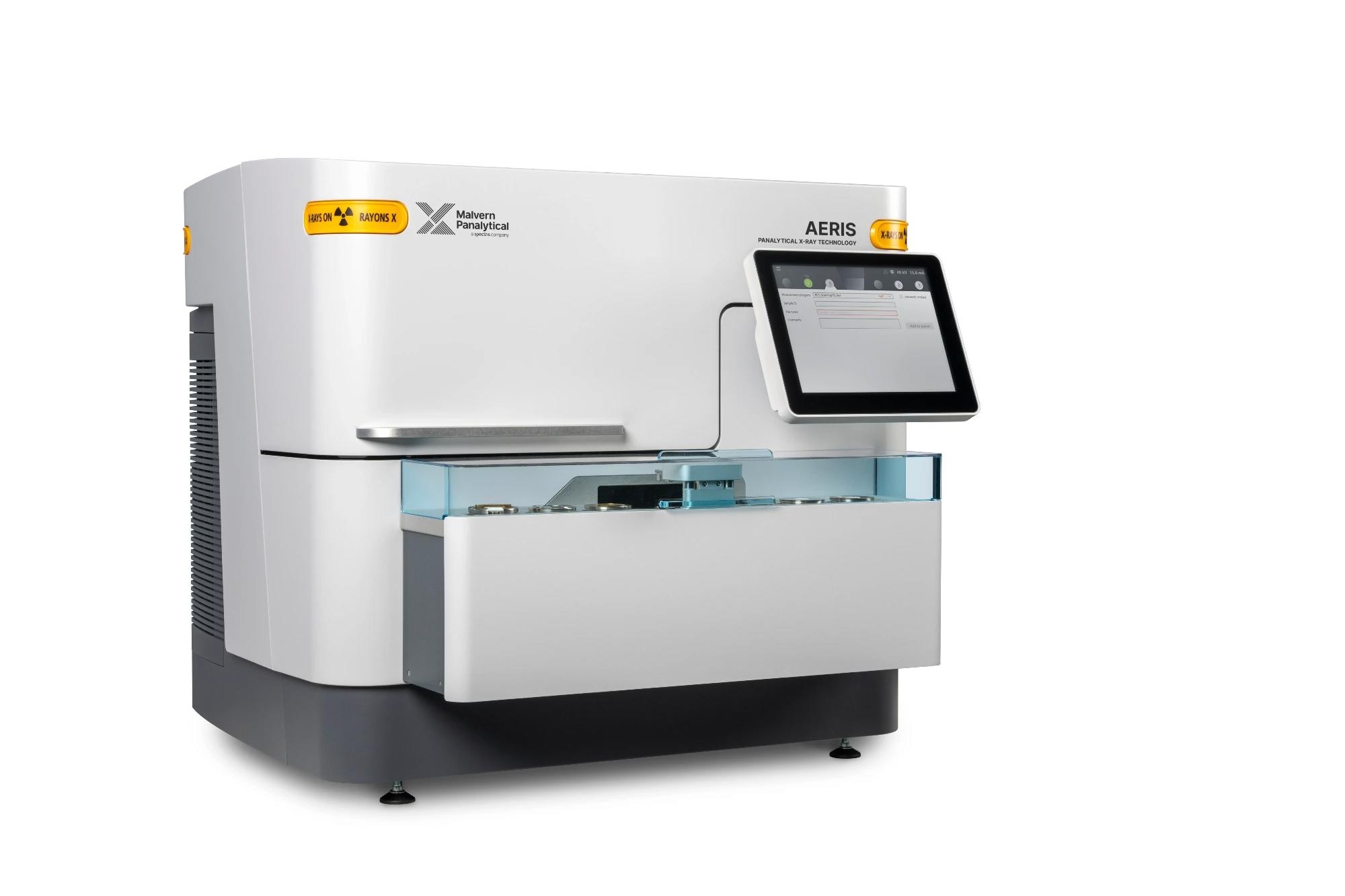Harald van Weeren, product manager Aeris, Panalytical B.V., talks to AZoM about the rapid evolution of XRD and the benefits the new Aeris system offers to market.
X-ray diffraction has seen rapid evolution over the past few decades and is now used extensively by many research labs and industry sectors. Can you tell us why you think XRD has played such a critical role in materials science?
With X-ray diffraction you directly probe the crystalline structure. It is this crystalline structure which is directly linked to the physical properties of materials such as conductivity, piezoelectricity, strength, hydration properties and many more. Thus X-ray diffraction is an ideal tool to gauge the physical properties in an early stage, e.g. just after synthesizing.

What does the Aeris offer users in the market?
Over the last decades X-ray diffraction has become more and more of a routine analysis tool for a wider spectrum of users, from academia and pharma to building materials and the metals industry. Key for the development of Aeris was to create an easy-to-use tool that can be used by virtually anyone. Also it is the first benchtop XRD that can be fully integrated in any automation system. The data quality, however, is still best in class as usual for Panalytical systems.
Can you describe the typical application areas of Aeris?
Phase analysis can be useful in many different fields. We offer four different versions of Aeris: The Research edition; Minerals edition; Metals edition and the Cement edition. Each of these editions are tailored to the specific needs of the particular market segment. Application in research can be very wide: from analyzing your freshly synthesized material, looking at polymorphism in pharmaceuticals to the analysis of minerals. A main application in research is also teaching. For that we offer the Debye-Scherrer 2D kit on the Research edition of Aeris, which is ideal for teaching X-ray diffraction in a visual manner.
Looking more at industrial application, phase analysis of end- and intermediate products allows for more efficient process control with less emission, yet yielding a higher quality and more consistent end product.
What problems do you aim to address that other systems currently don't solve?
Being a benchtop XRD, Aeris has minimum of infrastructural requirements. It only needs a single-phase power socket to run. This already reduces total cost of ownership compared to other systems on the market. Apart from that with its ease of use it requires much less training, also reducing total cost of ownership. Aeris can also be hooked up to a belt or a robot, making it the first automatable benchtop XRD system with the lowest total cost of ownership.
Compared to other benchtop systems on the market, Aeris delivers exceptionally good data quality. This allows for much more accurate phase analysis with better repeatability. Also the measurement speed (intensity) is exceptionally good and allows for higher sample throughput or more accurate phase analysis.
How do you see XRD developing over the next decade?
What we see is that XRD is being used by a wider audience, including non-expert users. With Aeris we aim to address this wide spectrum of users by focusing on ease of use throughout the development. However, Aeris is a benchtop system with a limited set of applications compared to a full-power system like our Empyrean. We expect that this intuitive use will continue to spread over to bigger systems covering a broader set of applications.
Where can our readers learn more?
Please have a look on our website XRDisEASY.com where you can download brochures and many data sheets on the various applications that can be done with Aeris.
About Harald van Weeren

Harald van Weeren started his studies of Applied Physics at the University of Twente, the Netherlands in 1996. In 2002 he finalized his studies with a Master’s Thesis on Nb3Sn superconductors and started his PhD research on MgB2 superconductors focusing on the material science as well as on the applicative aspects of this type of superconductor.
After finalizing his PhD in 2007 he worked as a Postdoctoral Research Fellow on cryogenic micro-coolers for space applications at the University of Twente. In 2008 Harald joined Panalytical B.V as product specialist for non-ambient X-ray diffraction.
Currently he is product manager, focusing on X-ray diffraction for process control and market segment manager for the building materials industry.
Disclaimer: The views expressed here are those of the interviewee and do not necessarily represent the views of AZoM.com Limited (T/A) AZoNetwork, the owner and operator of this website. This disclaimer forms part of the Terms and Conditions of use of this website.